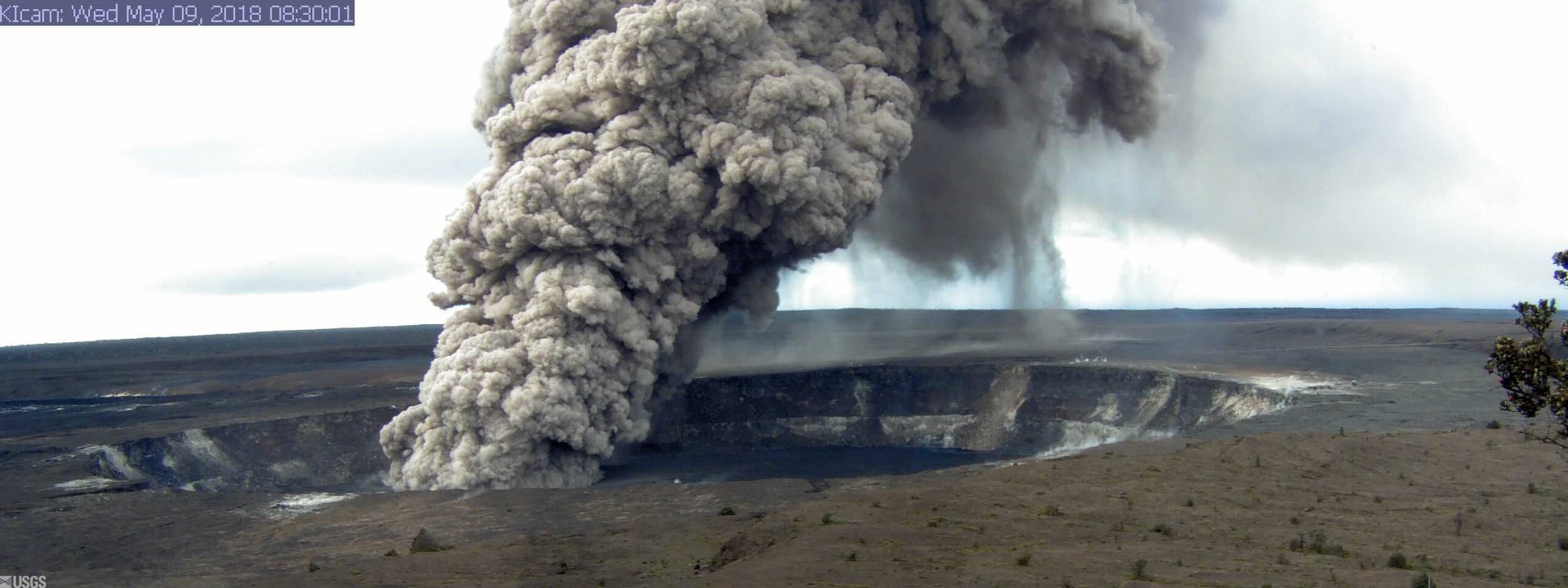May 10 , 2018. EN . Pu’u ‘Ō’ō / Kilauea , Copahue , Piton de la Fournaise , Sangeangapi .
May 10 , 2018. Pu'u 'Ō'ō / Kilauea , Hawai : Eruption update: Hawaiian Volcano Observatory confirms 2 new vents. Vent number 13 has opened near the intersection of…

